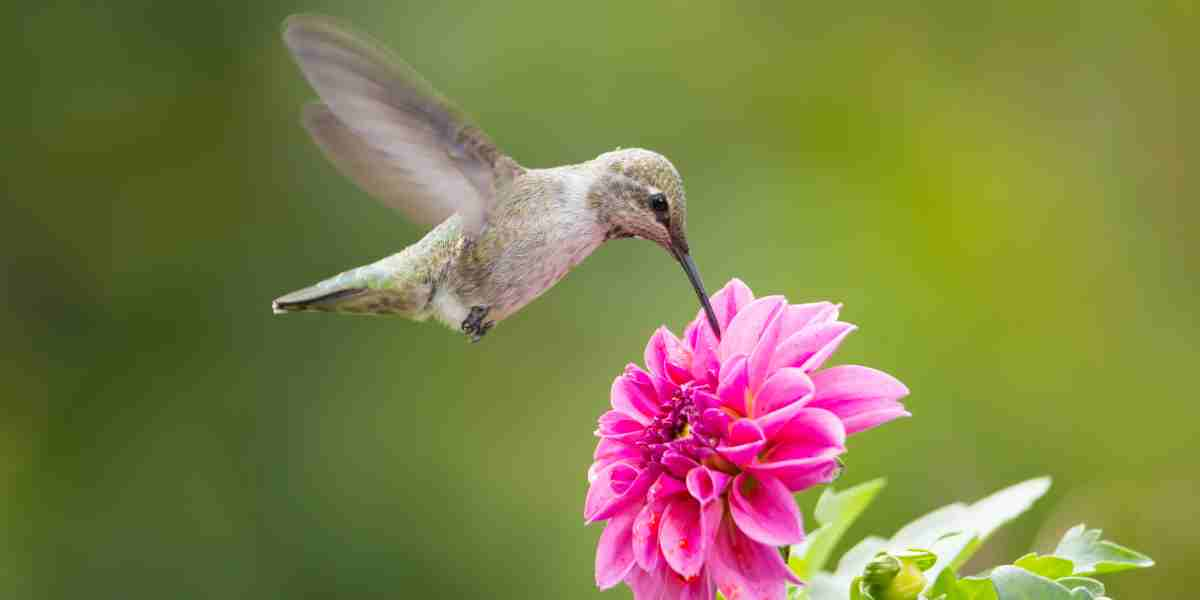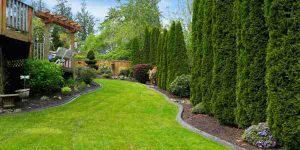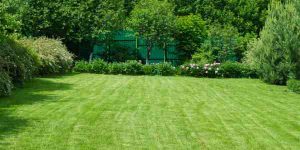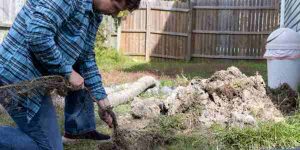How to Attract Birds, Butterflies, and Bees

Landscaping for Wildlife: How to Attract Birds, Butterflies, and Bees
When designing a landscape, many homeowners focus on aesthetics and functionality, but there’s a growing trend that combines beauty with environmental stewardship – landscaping for wildlife. By creating a wildlife-friendly landscape, you not only enhance the natural beauty of your outdoor space but also provide a haven for important pollinators and beneficial creatures like birds, butterflies, and bees. In this blog, we’ll explore how you can attract these delightful visitors to your garden and contribute to biodiversity conservation.
Understanding the Importance of Wildlife-friendly Landscaping
Before delving into the specifics of attracting birds, butterflies, and bees, it’s essential to understand why wildlife-friendly landscaping matters. Urbanization and habitat loss are significant challenges faced by wildlife today. By transforming our gardens into inviting spaces for these creatures, we can play a role in preserving biodiversity and supporting struggling pollinator populations.
Choosing Native Plants
The first step in creating a wildlife-friendly landscape is to choose native plants. Native plants are adapted to the local climate, soil, and wildlife, making them highly attractive to native birds, butterflies, and bees. They provide a reliable source of nectar, pollen, and seeds, essential for the survival of these creatures. Research local native plant species and incorporate them into your garden.
Creating a Pollinator Garden
A pollinator garden is a designated space that is planted specifically to attract pollinators like butterflies and bees. Choose a sunny location and plant a variety of flowers that bloom at different times throughout the year to provide a continuous food source. Some popular choices include coneflowers, milkweed, bee balm, and lavender. By attracting pollinators, you’ll also be helping to pollinate your fruits and vegetables, leading to a more productive garden.
Providing Water Sources
Just like any other living creature, birds, butterflies, and bees need access to water. Birdbaths, shallow dishes, or small ponds can serve as refreshing water sources for wildlife. Make sure to keep the water fresh and clean, especially during hot summer days, to ensure the health and well-being of your garden visitors.
Incorporating Bird-friendly Features
Birds are not only delightful to watch but also incredibly beneficial to your garden. They help control insect populations and spread seeds, contributing to ecosystem balance. To attract birds, consider adding bird feeders with seeds, suet, or nectar. Also, provide nesting boxes and birdhouses, offering shelter and nesting sites for various bird species.
Creating Butterfly Habitats
Butterflies are not only graceful and charming but also vital pollinators. To attract butterflies to your garden, incorporate host plants, which caterpillars feed on, as well as nectar-rich flowers for the adult butterflies. Examples of host plants include milkweed for monarch butterflies and parsley for swallowtails. Additionally, provide flat stones or logs where butterflies can bask in the sun.
Bee-friendly Landscaping
Bees are among the most critical pollinators on Earth, and their populations are in decline. Help them thrive by planting a variety of flowering plants that provide nectar and pollen. Bees are especially drawn to blue, purple, and yellow flowers, so include plants like lavender, sunflowers, and asters. Avoid using harmful pesticides in your garden, as they can be detrimental to bees and other beneficial insects.
Embrace Biodiversity
Diversity is the key to a thriving wildlife-friendly garden. Different species of plants will attract a broader range of wildlife. Additionally, consider leaving some areas of your garden a bit wild, with fallen leaves and deadwood, as they can provide essential habitat for various insects and other creatures.
Landscaping for wildlife, specifically attracting birds, butterflies, and bees, is a rewarding and ecologically responsible endeavor. By incorporating native plants, creating pollinator gardens, providing water sources, and embracing biodiversity, you can transform your garden into a sanctuary for these essential creatures. Not only will you witness the beauty of nature up close, but you’ll also play a part in preserving wildlife populations for generations to come. So, let’s roll up our sleeves, put on our gardening gloves, and welcome the delightful flutter of wings and the gentle hum of bees into our lives. Happy landscaping for wildlife!



